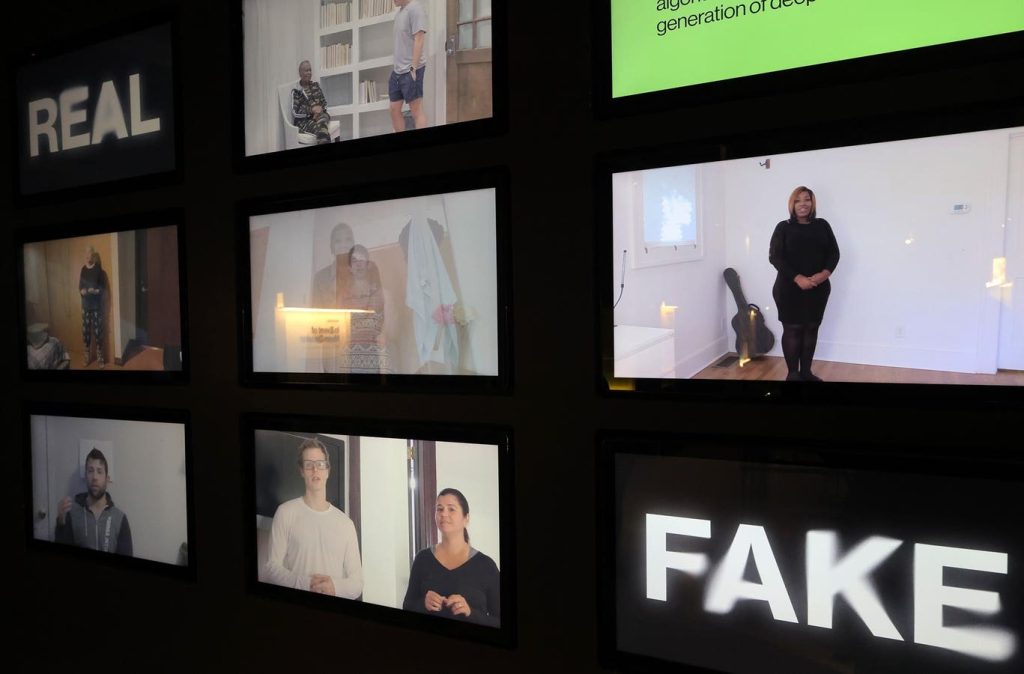In recent years, the rise of deepfake technology has sparked concerns and debates regarding its potential impact on society. Deepfakes are realistic, computer-generated videos that can manipulate audio and visual content to make it seem as though someone is saying or doing something they never actually did. These videos have the potential to be used for a range of purposes, from entertainment to disinformation campaigns. As the technology continues to advance, the race is on to develop effective tools to detect and combat deepfakes before they can cause harm.
One of the main concerns surrounding deepfakes is their potential to spread misinformation and manipulate public opinion. With the ability to manipulate videos to make it seem as though public figures are saying or doing things they never actually did, deepfakes have the potential to sow confusion and distrust. This has significant implications for democracy, as deepfakes could be used to spread false information about political candidates or to incite violence. As a result, researchers and tech companies are working to develop tools that can quickly identify and authenticate videos to combat the spread of deepfakes.
In addition to the threat of misinformation, deepfakes also have the potential to disrupt industries such as entertainment and journalism. With the ability to create highly realistic videos of celebrities or public figures, deepfake technology could be used to create fake news stories or blackmail individuals. This has led to concerns about the impact of deepfakes on the credibility of news sources and the need for journalists to be vigilant in verifying the authenticity of video content. As a result, media organizations are investing in training programs and technologies to help journalists identify deepfakes and prevent them from being spread.
Despite these concerns, deepfake technology also has the potential to be used for positive purposes. For example, deepfakes could be used in the entertainment industry to create realistic special effects or dubbing for international films. Additionally, researchers are exploring the use of deepfakes in healthcare, such as creating realistic training simulations for medical professionals. However, these positive applications are overshadowed by the potential for misuse, leading to calls for greater regulation and oversight of deepfake technology.
As the race to combat deepfakes continues, researchers are developing innovative solutions to detect and authenticate videos. One approach involves using artificial intelligence algorithms to analyze videos for inconsistencies and anomalies that may indicate a deepfake. Another approach is to develop blockchain technology to create a tamper-proof system for verifying the authenticity of videos. These solutions are still in the early stages of development, but researchers are optimistic that with continued investment and collaboration, they will be able to stay ahead of the deepfake threat.
In conclusion, the rise of deepfake technology presents both opportunities and challenges for society. While deepfakes have the potential to disrupt industries and spread misinformation, they also have the potential to be used for positive purposes. As the race to combat deepfakes intensifies, researchers and tech companies are working to develop tools and technologies to detect and authenticate videos. With continued investment and collaboration, it is possible to stay ahead of the threats posed by deepfakes and ensure that the technology is used ethically and responsibly.


